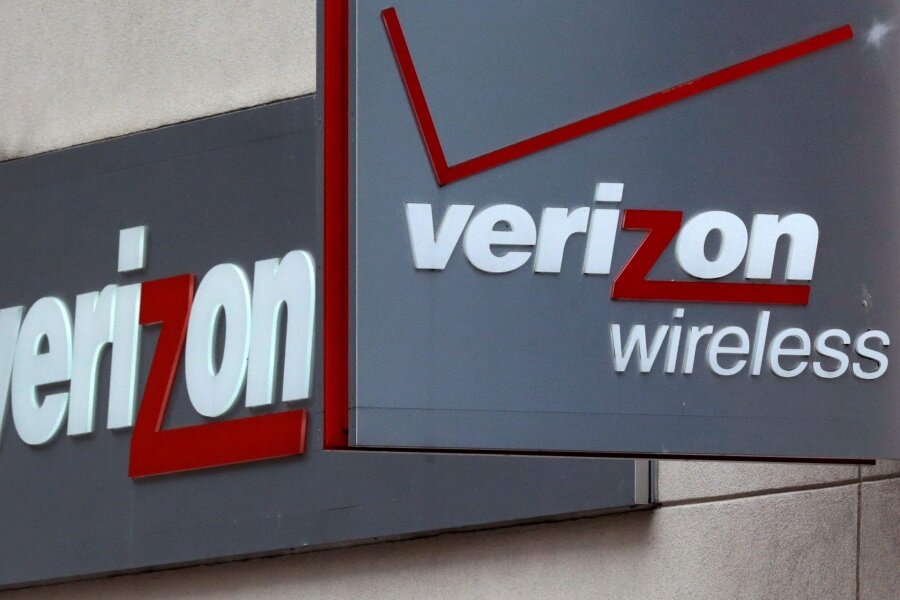Verizon prepares to test 5G, which is '50 times' faster than LTE
Loading...
Widespread deployment of 4G LTE networks isn’t complete yet, but the next big thing is already around the corner.
Verizon announced in a press release on Monday that it will begin testing 5G mobile networks next year “by working closely with key partners” such as Nokia and Samsung, and that 5G will be available commercially (at least in some areas) by 2017.
What exactly is 5G? Verizon says it will be about 50 times faster than 4G, have latency of less than 10 milliseconds, and will be able to handle “exponentially more” Internet-connected devices in anticipation of the growth of the Internet of Things.
Keep in mind, though, that this is an early technical specification. Verizon hasn’t even started field testing 5G networks yet, so the technology might not reach those impressive benchmarks in the real world. Still, 5G will certainly offer faster download and upload speeds for customers, and will help alleviate congestion in urban areas, where networks can get bogged down when too many people try to access data services at once.
Verizon says it’s building self-contained 5G networks, or “sandboxes,” at its labs in Waltham, Mass., and San Francisco. Once those are complete, it will invite partners including Alcatel-Lucent, Samsung, Qualcomm, Nokia, Ericsson, and Cisco to help develop the technologies needed to roll out fast 5G networks over a wide area.
Most smartphones use chips made by Qualcomm or Samsung (in fact, it was rumored earlier this summer that the next iPhone, assumed to be named the iPhone 6S, will have much faster 4G LTE data speeds thanks to a new Qualcomm chip). Cell towers will need to be upgraded one at a time, too, with new radios to support the new 5G standard.
Verizon notes in its press release that it first began working on 4G LTE in 2008, with commercial availability in 39 metro areas in December 2010. That’s a bit more than two years from testing to deployment, which makes the company’s 5G timetable – testing in 2016, commercial deployment in 2017, less than a year and a half from now – pretty aggressive by comparison.
Verizon says it has no plans to retire its 4G networks any time soon.
“Even as Verizon begins the work to make 5G a reality, we continue to grow 4G LTE,” Verizon executive vice president Roger Gurnani says in a statement. “In addition to significant multi-billion-dollar investments in the network, we continue to work with a growing list of partners to launch new products and services on [our] 4G LTE network.”
In 2013, Verizon’s 4G network covered about 95 percent of the US population, and the company declared the roll out essentially complete, meaning that it would focus on increasing speed in areas where it already has a presence. Verizon also plans to keep its 3G network lit at least through 2019, though it has slowly begun turning 3G signals into 4G signals in some cities.








